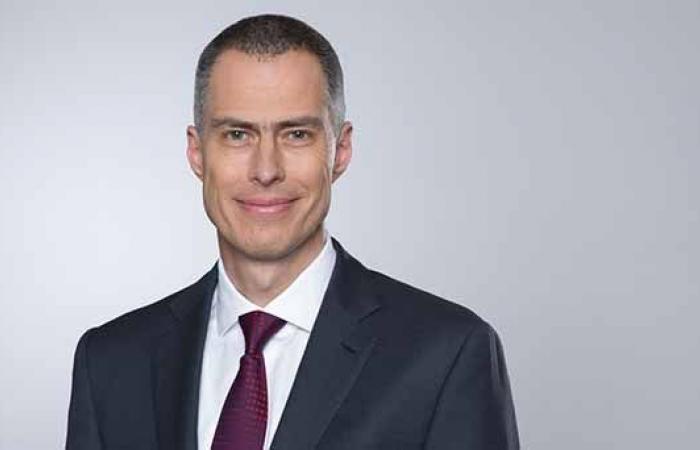Following the departure of the previous head of the fund, Thorsten Winkelmann, and part of the team that managed the Allianz Europe Equity Growth strategy, it was important to begin the interview by talking about the continuity of management, the replacement or consolidation of the teams and the impact on the managed assets.
Christian Schneider, who takes the reins as new Chief Investment Officer of the Global Growth Strategies team and manager of the Allianz Europe Equity Growth fund, is not new to this. He began his career in 1996, as an analyst and manager of quality growth companies. Four years later he joined Dresdner Bank (acquired in 2002 by Allianz Global Investors), working for the global growth equity team, “which had exactly the same investment philosophy as the European growth equity team, with a close interaction between the teams, so the team was not new to me,” Schneider emphasizes.
Merged teams, same philosophy and consistency in management
“Three years before Winkelmann left, the two teams had merged and I became the team’s Deputy Chief Investment Officer, and with the same investment philosophy.”Schneider points out. During the interview he shows the team’s organizational chart and the seniority of its members, with more than a decade of expertise, and mentions that there is a missing signing that will soon be announced and that will make the team even stronger. “We want to create a work environment that encourages personal and professional growth but we also have a talent retention policy,” she noted.
Schneider highlights that the performance of Allianz Europe Equity Growth, with Rating FundsPeople, has been robustand The value of assets under management (AUM) reached €4 billion at the end of April. “We are very satisfied with the performance of the fund and with the trust that our clients have shown in us. We actually have a higher level of assets under management (AuM) today than after the team’s departureswhich is a positive thing,” Schneider said.
The focus remains the same: Quality growth
Allianz Europe Equity Growth’s growth strategy continues to be based on identifying Companies that benefit from long-term and predictable trends. Schneider explained that his team focuses on finding companies whose growth is driven by factors such as digitalization, demographic change and infrastructure. “We want to invest in companies that have structural growth and not in companies that depend on the economy in general.“said Schneider.
Between the key investment sectorsthe manager highlights:
- Technology and Digitalization: One of the leading companies in equipment for the semiconductor industry is one of the fund’s main investments, but also in other enablers.
- Health and pharmaceutical: It highlights a pharmaceutical company known for its insulin products, which has been part of the fund since its launch in 2003, reflecting a commitment to long-term investments in sectors with structural growth.
- Infrastructure and Energy: Infrastructure construction, especially in Europe, is seen as a driver of growth, given that much of the infrastructure in the region is old and needs to be replaced.
- Other growth sectors: In addition to those mentioned above, the team is looking for opportunities in other sectors that present long-term growth trends, such as demographic changes.
The inverse DCF is a useful criterion, as is the IRR.
Schneider also highlighted that Europe has had stronger structural growth than the United States in recent years, having outperformed the United States in terms of structural growth over the past 11 years, suggesting that opportunities in Europe are more consistent and predictable. To this end, research and stock selection are key pillars of Allianz GI’s growth strategy. Portfolio construction is not driven by sector or geographic bias.
Christian Schneider mentions that the management team uses a valuation approach based on the inverse discounted cash flow (DCF) method to identify attractive investment opportunities and avoid overvaluations. “We look at what the current price is, which is the only thing we know for sure, and we analyze what growth and revenue rates, EBITDA margins, rates and asset turnover are necessary to reach that price,” defines the expert.
He points out that they use various approaches, depending on sectors. “Some members of the team also use the IRR (internal rate of return), making estimates for three to five years. “If an unprofitable business is growing, it is destroying value,” she concludes.






